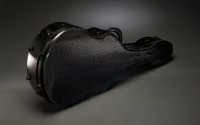MIDI Controller Buying Guide to Unlock Your Creative Potential
If you have a home studio, a MIDI controller is one of the first devices you’ll need to invest in, next to an audio interface and headphones. With a quality controller, you can create music more efficiently and explore new arrangement techniques that are more difficult to do with the standard mouse and keyboard.
Browse through keyboards MIDI controllers from top brands like Akai, Arturia, Roland, and Yamaha. These industry leaders are popular for their innovative designs, intuitive interfaces, and rock-solid reliability, making them the ideal choice for musicians and producers. Various models range from compact models with only 25 keys to full-sized keyboards with all the bells and whistles. With buttons, knobs, and pads at your fingertips, you can control your music and unleash your creativity like never before.
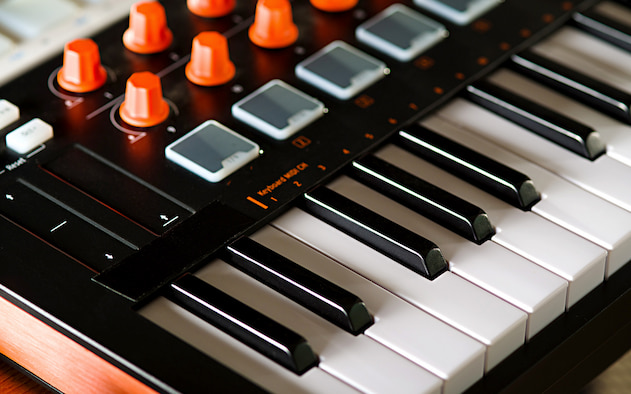
Key Size and Number
MIDI controller keyboards are available in many different sizes and usually have keybeds with either 25, 49, or 88 keys, although you can also find models with 37 or 61 keys. To pick the right one, you should consider your playing style. If you often use samples and baselines, or if you’re shopping for a young music enthusiast, 25 keys are more than enough.
However, if you’re a keyboardist who wants to play sections spanning octaves with both hands, you’ll need a model with 61 or 88 keys. Take measurements of your workstation or the area where you’ll regularly use the instrument to make sure it fits before you buy it.
The keys also come in different sizes. Full-size keys resemble those on a standard piano. Yet, a lot of compact and lightweight models feature mini keys. These are suitable for quickly creating basic ideas or creating music on the fly, but many people find them difficult to press, especially if they have larger hands. It’s good to know that every keyboard has an octave switch. This allows you to adjust the note range, so you can perform in any pitch even with a more compact device.
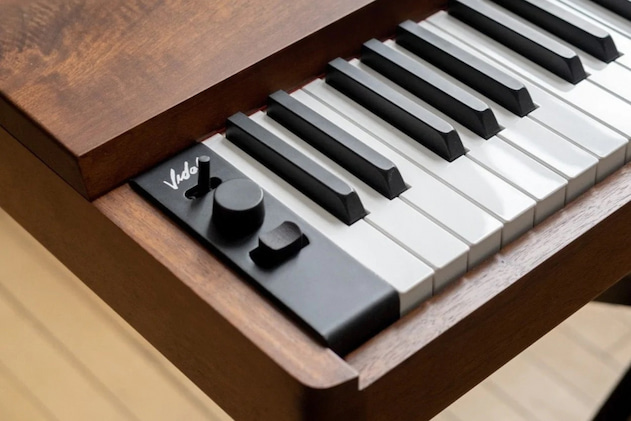
Does Key Weight Matter on a MIDI?
When it comes to their weight, there are three types of keys:
- The most popular types are the synth-action keys. These are spring-loaded, so they quickly rise when you press them. Because of this, they’re a great option for producers who prefer to program drums by tapping out samples, or for keyboardists who play a lot of leads;
- Semi-weighed keys are slightly heavier than their synth-action counterparts. They’re a great option for people who are used to playing the standard piano because of the “blockier” feel and the bigger weight;
- With weighted keys, players have all the expressive control you would expect from a standard piano. They’re useful for film composers and passionate pianists. However, they’re more difficult to come by on models with fewer than 88 keys.
What Will You Be Playing?
If you wanted to play rock’n’roll, you’d probably buy an electric guitar, whereas if you wanted to play flamenco, you’d get a classical one. Similarly, when looking through keyboards MIDI controllers, you should consider the type of music you’re going to play. If you’re a hip-hop or lo-fi artist who wants to master the swing of finger drumming, look for a device that has velocity-sensitive drum pads integrated into it. Alternatively, you can simply use a specialised beatpad controller.
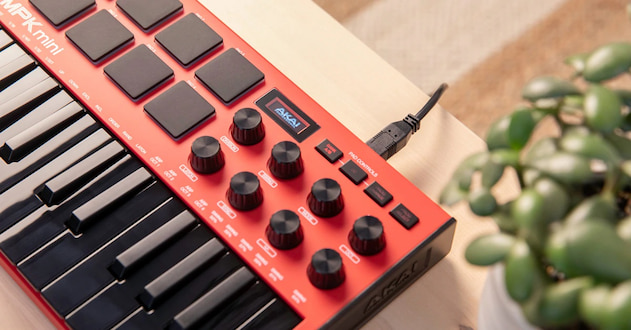
Compatibility with Software
Almost every keyboard MIDI controller is compatible with most digital audio workstations (DAWs). So, you don’t need to worry about them not working with programs like Pro Tools, Logic Pro, or Ableton Live. Some hardware producers and software developers often collaborate, so you can find certain keyboards that gear towards specific DAWs. They include extra firmware and software that allow for easier connectivity.
For example, certain Nektar keyboards can connect with most of the well-known DAWs without the need to create templates. The newest LaunchKey series from Novation can operate with Ableton Live, with physical controls that correspond with the software interface. Think about what controllers work well with the program you already use, since this will greatly influence your final decision.
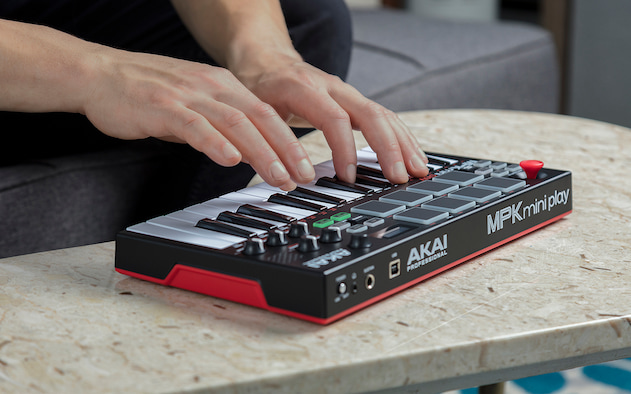
Knobs and Pads
Some MIDI controller keyboards come with additional controls such as wheels, pads, faders, touch strips, knobs, and buttons. When you compose and play live, these elements can give your music different levels of automation and expressiveness. Keep in mind that not all knobs are equally good. Smaller, less expressive controllers have shallower knobs that are often difficult to operate. Moreover, these features can feel unpleasant to work with if they’re placed too closely together.
On the other hand, faders regulate the volume of your audio. You can use them to easily make modifications while you’re mixing. The bigger the fader is – the more control you’ll have over it. Many controllers also have pitch and modulation wheels; however, some smaller devices omit them in favour of touch bars or pressure-sensitive buttons.
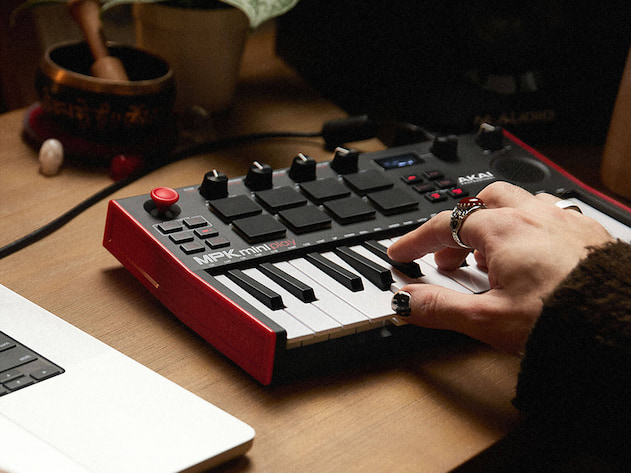
Inputs and Outputs
The inputs and outputs on a MIDI controller keyboard are generally not as useful as they are on other devices, such as audio interfaces. Nearly all controllers made nowadays transmit MIDI data to your computer via USB. The non-USB input/output that a particular MIDI controller has varies depending on the brand.

